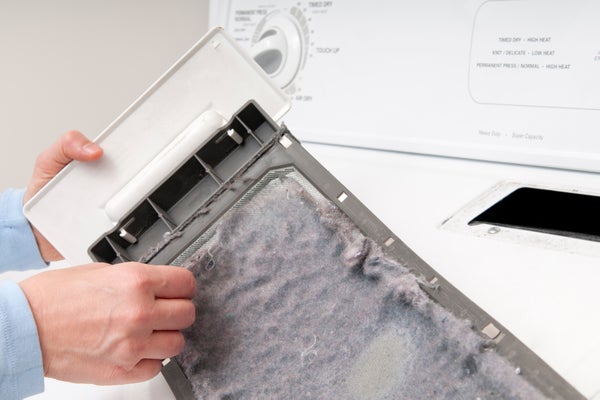Plastic waste breaks down into ever smaller pieces, becoming tiny enough to waft in the air and flow in the water. A study published in June found that a person, on average, inhales or swallows at least 74,000 microscopic particles of plastic each year. And there are multitudes of miniscule plastic beads and fibers in the environment.
So what’s the most common type of microplastic? Recent research finds that, in freshwater at least, it’s tiny pieces of artificial fibers—from laundry lint.
“We were interested in the microbeads, and we found them, but we found microfibers much more prominently. So 60 percent of the microplastics that we obtained were actually these microfibers.”
On supporting science journalism
If you're enjoying this article, consider supporting our award-winning journalism by subscribing. By purchasing a subscription you are helping to ensure the future of impactful stories about the discoveries and ideas shaping our world today.
Sherri Mason is a chemist specializing in plastic pollution in freshwater systems at Penn State Behrend.
“I was surprised, although, like, you kind of go, ‘Oh, I really shouldn’t have been.’ Because we all clean out our lint filters on our dryers. We should be like, ‘Oh, of course if it’s coming off in the dryer, that whole process is starting in the washer.’”
Synthetic textiles shed nonbiodegradable fibers, which enter wastewater—and travel beyond. Mason’s report is in the publication American Scientist. [Sherri A. Mason, Plastics, plastics everywhere]
“There are microplastics in the air, and as you have, you know, precipitation events, it—they come raining down. Or as basically air comes into contact with water, these microplastics are going to end up in the water that way.” Even in the most isolated corners of the world.
Mason notes that natural materials also shed fibers in the wash, but microbes know how to digest them. Not so for microplastic fibers. They may take centuries to degrade, so they accumulate.
“And fibers, microfibers, are quickly becoming kind of the most prominent, and we find them everywhere. And I think now people are, like, ‘Okay, we really need to be looking at these fibers.’”
—Eilene Augenbraun
[The above text is a transcript of this podcast.]

